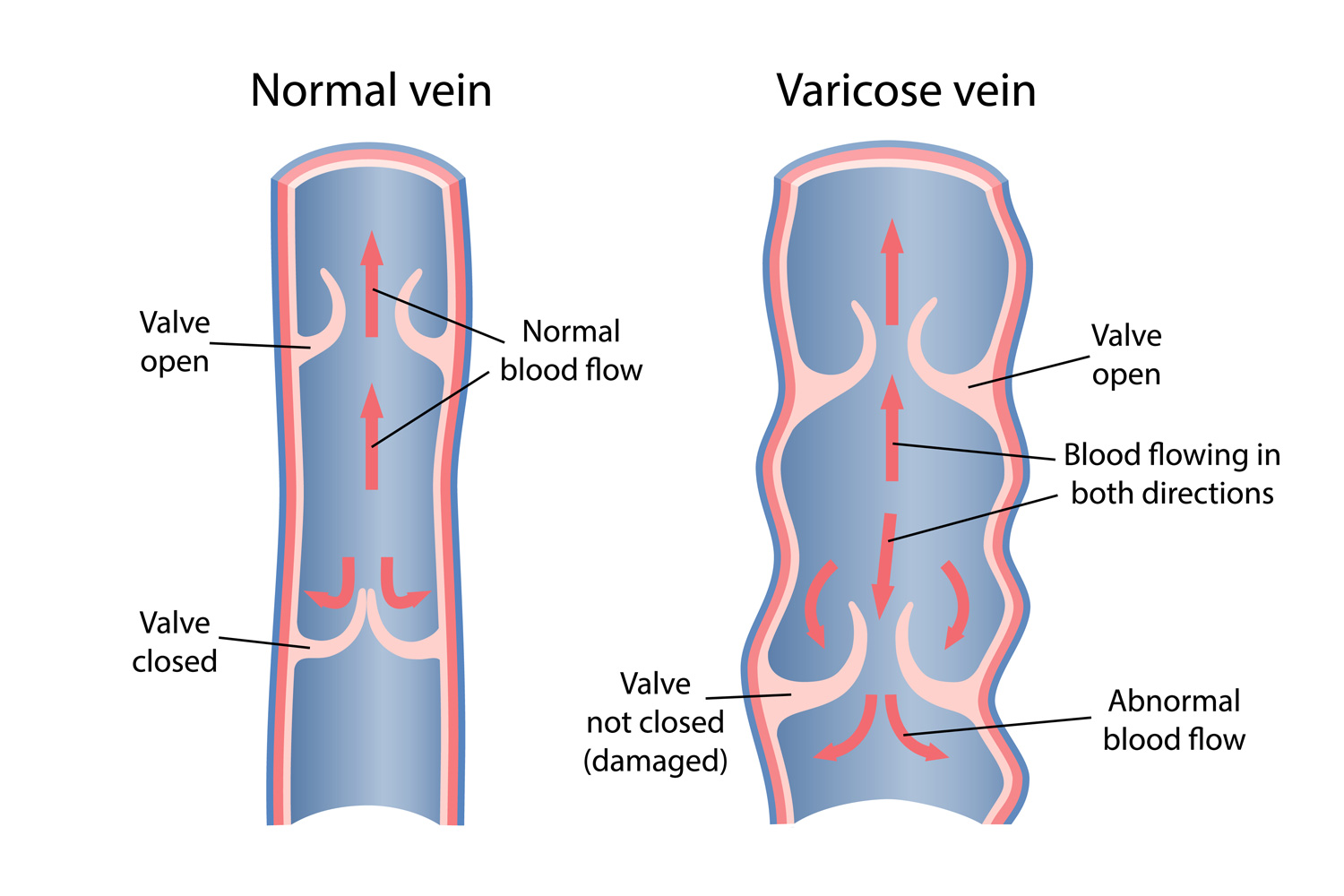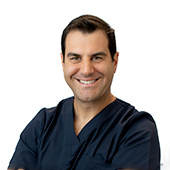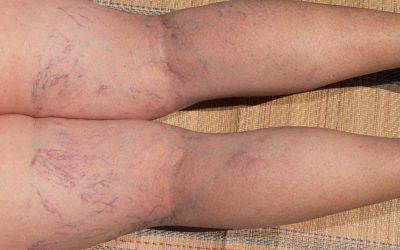Venous reflux, also known as venous insufficiency, is a condition that occurs when the veins in your legs have difficulty properly circulating blood back to the heart. Normally, veins have one-way valves that prevent blood from flowing backward, ensuring that it moves in the right direction – towards the heart. However, when these valves become weakened or damaged, they may fail to close properly. This leads to blood flowing backward and pooling in the veins, especially in the lower legs.
Venous reflux is often associated with a few key factors:
Valve Dysfunction:
When the valves within the veins become weak or damaged, they don’t close properly. This causes blood to flow in the wrong direction, away from the heart and back down into the lower extremities.
Increased Pressure:
Over time, the pooling of blood caused by valve dysfunction can result in increased pressure within the veins. This elevated pressure can further compromise the function of the valves and lead to more significant venous reflux.
Vein Distension:
Due to the increased pressure and backward flow of blood, the veins can become stretched and distended. This may lead to the development of varicose veins – enlarged, twisted veins that are visible through the skin.
Symptoms:
Venous reflux can cause various symptoms, including swelling, pain, aching, heaviness, and cramping in the legs. These symptoms are often more noticeable after prolonged periods of standing or sitting.
Risk Factors:
Certain factors can increase the likelihood of developing venous reflux. These include a family history of vein problems, obesity, pregnancy, prolonged standing or sitting, and a history of blood clots.
Diagnosis and Treatment:
Doctors can diagnose venous reflux through physical examinations, ultrasounds, and other imaging tests. Treatment options may include lifestyle changes (such as exercise and elevating the legs), compression stockings to help improve blood circulation, and in more severe cases, minimally invasive procedures to repair or close the damaged veins.
It’s important to address venous reflux to prevent complications such as skin ulcers and deep vein thrombosis. If you suspect you have symptoms of venous reflux, it’s advisable to consult a phlebologist for proper diagnosis and management.






